
Mark Norell, a globe-trotting paleontologist whose relentless expeditions and profound research fundamentally transformed our understanding of the evolutionary relationship between dinosaurs and birds, died on Tuesday in Manhattan at the age of 68. His passing, attributed to heart failure, marks the end of an era for a scientist whose work not only yielded rare and astonishing fossil discoveries but also cemented a paradigm shift in scientific consensus. For many years, Dr. Norell served as the influential chairman of the American Museum of Natural History’s division of paleontology, orchestrating groundbreaking exhibitions and spearheading ambitious field research across continents.
Driven by a profound interest in “creating questions in science that someone hasn’t thought to answer yet,” Dr. Norell’s legacy is deeply intertwined with the desolate, yet astonishingly rich, Gobi Desert. There, his teams unearthed some of the most exquisitely preserved dinosaur remains ever found, providing irrefutable evidence of the avian lineage from theropod dinosaurs. His clear articulation that “Just like humans are a kind of primate, birds are a kind of dinosaur” encapsulates the monumental shift in thought his research propelled.
His impact resonated within both academic circles and with the wider public through compelling museum exhibitions and accessible science books. This article explores the multifaceted career of Mark Norell, beginning with his most profound scientific contributions and the remarkable expeditions that brought them to light, illustrating how his vision meticulously connected the ancient past with the present.
1. **The Central Thesis: Birds as Dinosaurs**Mark Norell’s most enduring scientific contribution was his definitive work establishing the direct evolutionary link between theropod dinosaurs and birds. This wasn’t merely a hypothesis; it was a conclusion presented with unwavering conviction, backed by decades of meticulous fossil evidence. During the 2016 “Dinosaurs Among Us” exhibition, Dr. Norell unequivocally stated, “They certainly are. Just like humans are a kind of primate, birds are a kind of dinosaur,” encapsulating the profound shift in paleontological thought his research helped cement.
His assertion challenged long-held popular perceptions that dinosaurs had gone completely extinct. Dr. Norell clarified that dinosaurs did not vanish entirely; instead, they survived and evolved, their lineage continuing into the modern era as birds. This perspective reframed extinction not as eradication, but as a monumental evolutionary branching where one robust branch thrived and diversified, making birds direct, living descendants.
The “Dinosaurs Among Us” exhibition, which Dr. Norell curated at the American Museum of Natural History, powerfully demonstrated this central thesis. Through carefully selected specimens and interpretive displays, the exhibition showcased the myriad anatomical and behavioral similarities linking extinct theropods to living avian species. This comprehensive approach, highlighting “the connections in many structural aspects of skulls, limbs, claws, brains and sensory system that are similar to birds,” ensured his groundbreaking insights reached a broad audience.
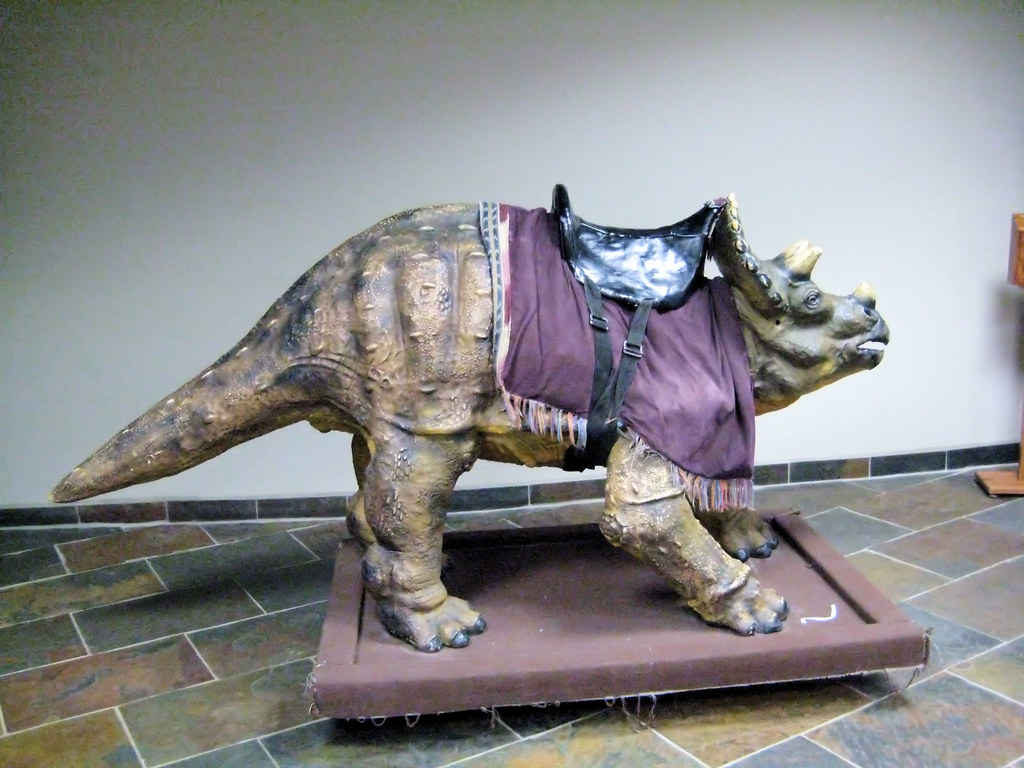
2. **Pioneering Expeditions to the Gobi Desert**Central to Mark Norell’s extraordinary career were his extensive and often challenging expeditions, particularly to the desolate, yet astonishingly rich, Gobi Desert in Mongolia. These meticulously planned scientific endeavors reopened a critical paleontological frontier. After decades barring Western paleontologists, Dr. Norell, alongside Michael Novacek, led a pivotal team from the Museum of Natural History in 1990, in collaboration with the Mongolian Academy of Sciences, marking a new era of international scientific partnership.
The Gobi Desert, with its “eroding terrain [that] exposes nearly complete skeletons,” proved an unparalleled “paradise for paleontologists,” as Dr. Norell and colleagues noted in Scientific American in 2014. Extreme environmental conditions contributed to remarkable preservation; freshly exposed fossils sometimes looked “more like the recent remains of a carcass than like an 80-million-year-old fossil.” His commitment to enduring these conditions “with equanimity” became legendary, allowing his teams to systematically explore vast land, transforming barren landscapes into scientific treasure troves.
Dr. Norell’s expeditions spanned nearly three decades in the Gobi, making him an enduring fixture. Beyond Mongolia, he hunted fossils in China, Chile, Argentina, Romania, and the Sahara. These international ventures underscored his role as a truly global paleontologist, broadening the geographical scope of his research and contributing to a more holistic understanding of ancient ecosystems across the planet.
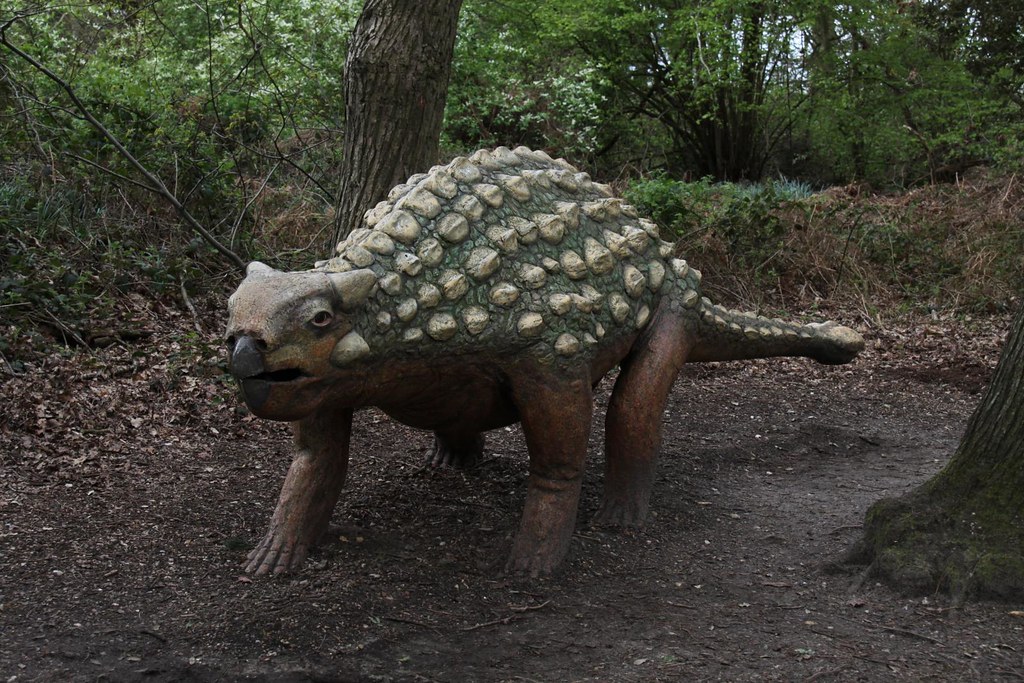
3. **The Unearthing of Ukhaa Tolgod**Among the countless triumphs of Mark Norell’s Gobi Desert expeditions, the discovery of Ukhaa Tolgod stands out as a singular achievement, fundamentally altering paleontological research. In the scorching summertime heat of 1993, Dr. Norell’s team uncovered this “astonishingly fertile fossil field.” They found “many varieties of remarkably well-preserved skeletons,” including birdlike dinosaurs like oviraptors and velociraptors, alongside lizards and mammals, all locked within Late Cretaceous sediments.
Ukhaa Tolgod quickly became recognized as “the richest Cretaceous terrestrial vertebrate fossil locality in the world.” Its unique geological conditions preserved nearly complete skeletons, offering an unparalleled glimpse into an 80-million-year-old ecosystem. These perfectly articulated remains, contrasting with often fragmentary finds elsewhere, provided extraordinary detail for studying anatomy, behavior, and evolutionary relationships, becoming a cornerstone for Dr. Norell’s research, particularly in substantiating the bird-dinosaur link.
The continuous stream of discoveries emerging from Ukhaa Tolgod fueled research for decades and contributed significantly to the American Museum of Natural History’s collections. Dr. Norell’s role in identifying and developing this site showcased his extraordinary eye for significant localities and his dedication to maximizing scientific yield from every expedition, cementing its importance as a living laboratory for evolutionary biology.
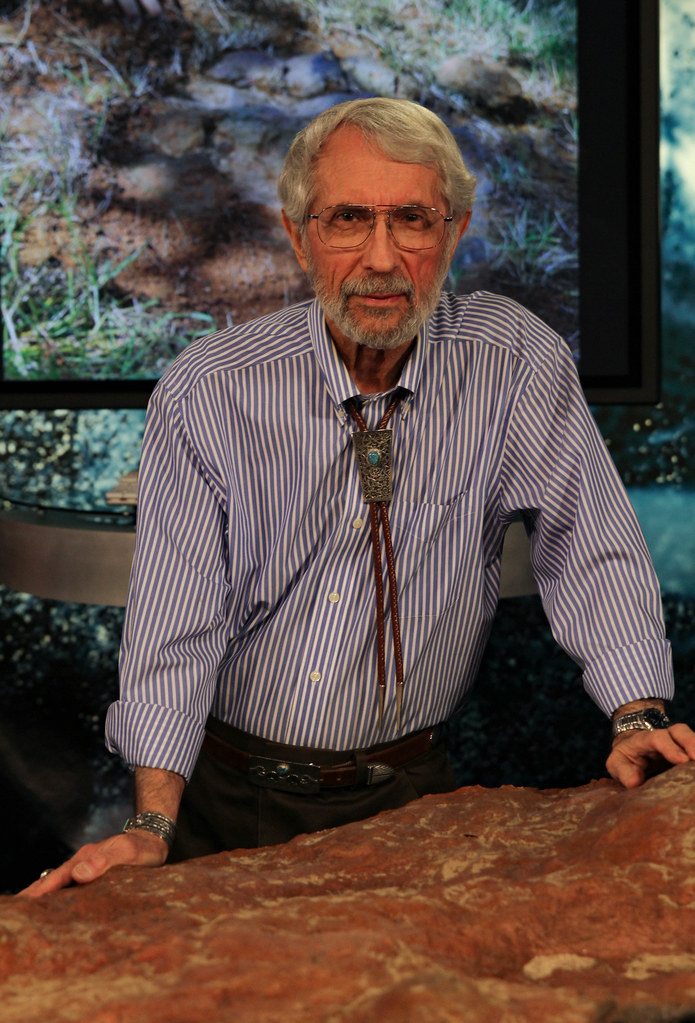
4. **Revolutionary Discoveries: The Oviraptor Embryo and Brooding Behavior**The scientific world was captivated by monumental discoveries made under Mark Norell’s leadership at Ukhaa Tolgod, particularly concerning oviraptors, which provided irrefutable evidence of bird-like reproductive strategies in dinosaurs. In 1993, amidst impressive finds, Dr. Norell made an astonishing announcement: “I think I just found the best thing I’ve ever found in my life.” This followed his uncovering of a cracked-open oviraptor egg, revealing a “curled up embryo” “close to hatching.”
The embryo’s significance was amplified by a subsequent find: an adult oviraptor fossil discovered “brooding over a nest of eggs.” This was direct, tangible proof of parental care in dinosaurs, a behavior previously theorized but never so definitively documented. Dr. Novacek highlighted that the “careful positioning of the eggs” was “probably a way to optimize incubation,” a practice strikingly similar to modern avian species, profoundly underscoring “the close relationship between living birds and dinosaurs.”
These discoveries, combined with later “theropod dinosaurs exquisitely preserved with feathers from Northern China, which Mark also worked on,” collectively demonstrated shared structural aspects in “skulls, limbs, claws, brains and sensory system that are similar to birds.” This body of evidence, much attributable to Dr. Norell’s expeditions, extended the evolutionary link beyond skeletal morphology to fundamental life history strategies, laying the foundation for understanding the avian heritage of dinosaurs.
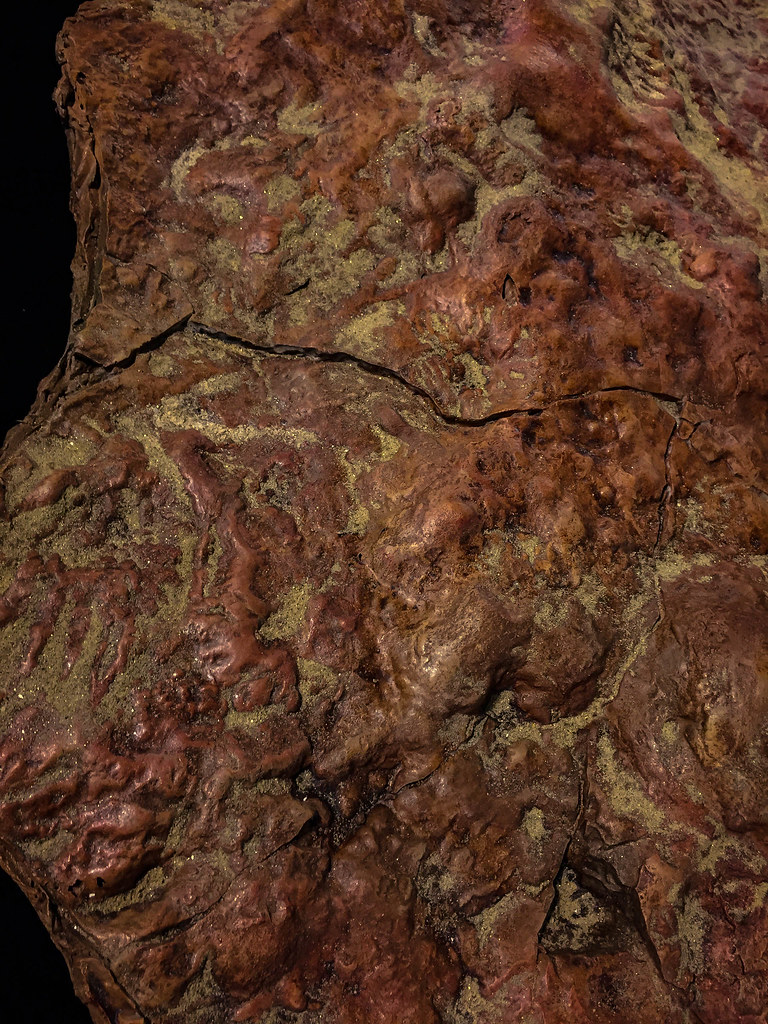
5. **Leadership at the American Museum of Natural History**Mark Norell’s influence extended significantly beyond fossil hunting, encompassing a distinguished career within the American Museum of Natural History. Hired as an assistant curator in 1989, his talent was evident, despite his prior focus on molecular biology. His willingness to shift to dinosaurs upon the museum’s inquiry showcased his dedication, driven by an interest in “creating questions in science that someone hasn’t thought to answer yet.”
His ascent within the museum was swift. Promoted to curator in 1999, he was also appointed chairman of the paleontology division, a prestigious position he held from 1999 to 2006 and again from 2008 to 2021. As chairman emeritus until his death, Dr. Norell continued to shape the direction of research and public engagement. He also played a pivotal role in “the renovation of the Halls of Vertebrate Evolution,” where the “circular motion around the floor” mirrored “evolutionary patterns of a phylogenetic tree,” guiding guests from “simplest vertebrates” to “advanced mammals.”
His leadership prioritized scientific rigor and public accessibility. Under his guidance, the museum remained at the forefront of paleontological research, fostering groundbreaking discoveries. He ensured the museum’s mission of exploration and education expanded, solidifying its global leadership in understanding Earth’s ancient past, leaving an indelible mark on its institutional legacy.
Read more about: The United States: A Comprehensive Historical, Geographical, and Governmental Overview
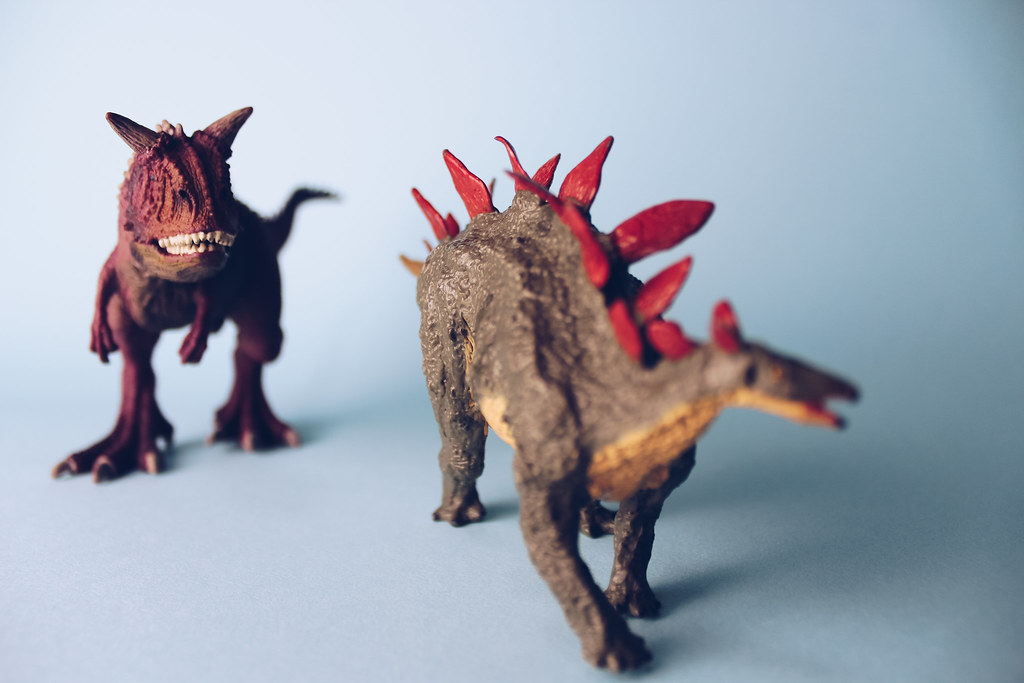
6. **Curating Transformative Exhibitions**As a curator at the American Museum of Natural History, Mark Norell possessed a unique talent for translating complex scientific discoveries into compelling public narratives, evident in the numerous transformative exhibitions he curated. These were immersive educational experiences that brought ancient worlds to life, making cutting-edge paleontology accessible and disseminating revolutionary findings.
One of his earliest impacts was “Dinosaurs of Jurassic Park” in 1993, an exhibition that capitalized on global fascination while grounding it in scientific reality. It educated the public about real dinosaurs, distinguishing scientific understanding from cinematic spectacle. Another landmark was “Fighting Dinosaurs: New Discoveries from Mongolia” in 2000, showcasing 80-million-year-old fossils of a velociraptor and a protoceratops, famously preserved “in the heat of battle.” Dr. Norell affirmed, “There is no doubt these animals were fighting,” calling it direct evidence of “a single instant in time.”
Perhaps his most profoundly influential exhibition was “Dinosaurs Among Us” in 2016, directly addressing his central research theme: the evolutionary link between dinosaurs and birds. This meticulously presented evidence, from feathered dinosaurs to nesting behaviors, demonstrated birds are modern dinosaurs. Through these crafted displays, Dr. Norell informed and challenged visitors to reconsider evolution and the interconnectedness of life on Earth, leaving an indelible mark on both scientific and public discourse.
Read more about: Beyond the Garage: The 12 Most Impressive Celebrity Car Collections Ranked and Revealed
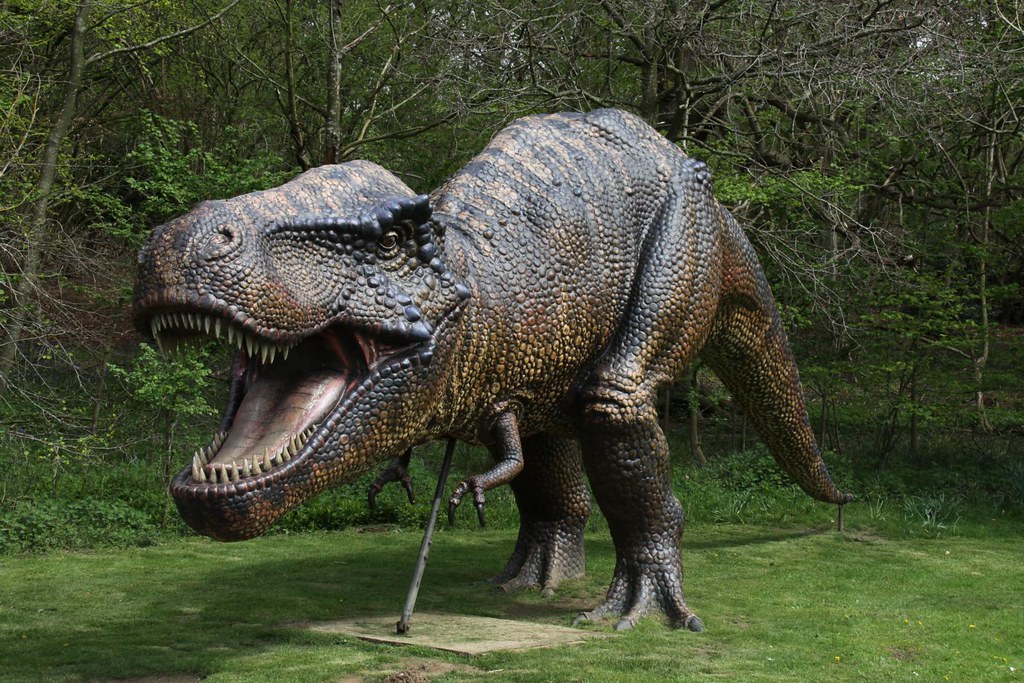
7. **The “Dirtbagging” Field Approach**Mark Norell was renowned not just for his scientific brilliance, but also for his distinctly rugged approach to fieldwork. His “no-frills camping style” in the challenging Gobi Desert was so notable it earned him a feature on the cover of Sports Afield magazine in 1999. The article, titled “Secrets of the Wildman,” affectionately called him the “Obi-Wan Kenobi of ‘dirtbagging’,” a descriptor that captured his aversion to high-tech gear and his remarkable resilience in extreme conditions.
During one demanding five-week desert expedition, Dr. Norell famously changed clothes only once and bathed twice, a stark illustration of his unwavering dedication to the scientific mission. His pragmatic philosophy regarding field attire was revealed in a 2000 interview with The New York Times: “I bring stuff I can wear and dispose. A ripped and trashed T-shirt with a little gasoline on it starts a pretty good campfire.” This resourceful mindset was crucial for his sustained success in some of the world’s most remote environments.
For nearly three decades, Dr. Norell was a constant fixture in the Gobi, consistently demonstrating “equanimity” in the face of its harsh realities. This steadfast endurance, coupled with his innovative approach to living and working in isolation, enabled his teams to conduct systematic, long-term explorations. These efforts were vital for unearthing the wealth of fossils that profoundly reshaped paleontological understanding, cementing his legendary status as much for his personal ruggedness as for his scientific acumen.

8. **From Childhood Enthusiast to Leading Paleontologist**Mark Allen Norell’s journey to becoming a preeminent paleontologist began with an early, deep-seated fascination with the natural world. Born in St. Paul, Minnesota, in 1957, and raised in Downey, California, his childhood was filled with collecting “insects, rocks and fossils.” He even meticulously created “museum-style displays” in his room, including a reassembled coyote skeleton, presaging his future career path. His talent was recognized early, leading to his involvement with the Los Angeles County Museum’s paleontology department in middle school and fossil hunts in the Mojave Desert and Mexico during high school.
Dr. Norell pursued a rigorous academic journey, earning a bachelor’s degree in zoology from California State University, Long Beach, in 1980, followed by a master’s in biology from San Diego State University in 1983. He continued his advanced studies at Yale University, obtaining a master’s in philosophy in 1986 and a Ph.D. in biology in 1988. Interestingly, his doctoral dissertation focused on “alligator phylogeny,” and his postdoctoral work explored “evolutionary variations in maize,” showcasing a broad scientific curiosity that extended beyond dinosaurs initially. His earlier papers also explored the “efficacy of the fossil record” and the impact of “missing data” on phylogenetic estimation, highlighting his sophisticated theoretical groundwork.
Despite his later prominence in paleontology, Dr. Norell was working in “molecular biology” when the American Museum of Natural History first considered him in 1989. His intellectual flexibility was evident when he readily agreed to pivot his focus to dinosaurs upon the museum’s inquiry. After lecturing at Yale for a year, he was brought on as an assistant curator, initiating a transformative career that would profoundly redefine our understanding of ancient life.

9. **A Scientific Philosophy: Unanswered Questions**Mark Norell’s extraordinary career was underpinned by a profound philosophical drive that sought more than just fossil collection. He was not primarily motivated by a simple fascination with prehistoric creatures or their timeline. As he told The Wall Street Journal in 2009, his interest lay in “creating questions in science that someone hasn’t thought to answer yet.” This relentless quest for novel inquiry fundamentally shaped his research agenda.
This deep-seated desire to “create questions” was the engine behind his tireless pursuit of knowledge, particularly evident in his groundbreaking expeditions to the Gobi Desert. It underscored his commitment to pushing the boundaries of scientific understanding, constantly seeking new puzzles and then meticulously devising ways to solve them through rigorous empirical investigation. His vision was to identify the gaps in our knowledge and systematically work to fill them.
Beyond his fieldwork, Dr. Norell’s theoretical contributions echoed this philosophy. His research encompassed “the theoretical study of diversity through time,” and his work “largely centered on the evolution of birds and developing new ways of observing fossils through CT scans and imaging computers.” He also focused on “data evaluation in large cladistic sets, as well as fossil pattern estimation through phylogeny.” These varied explorations demonstrated a scientist deeply committed to fundamental questions of evolutionary processes and the methodologies employed to unravel them.

10. **Documenting Feathered Dinosaurs from China**Mark Norell’s revolutionary work extended significantly to the study and documentation of feathered dinosaurs, especially those unearthed from Northern China. This critical research provided irrefutable visual and anatomical evidence for the evolutionary link between theropods and birds, powerfully reinforcing his central thesis. He stood “at the forefront of research into feathered dinosaurs in the 1990s,” a pivotal era when these astonishing fossils emerged, fundamentally altering dinosaur perceptions.
He collaborated closely “with several notable Chinese palaeontologists,” playing a crucial role in “helping to document the remarkable fossils unearthed in Liaoning Province.” These discoveries, including exquisite specimens of “oviraptorids, troodontids, and other theropods,” offered compelling evidence of shared biological traits. Through “meticulous study,” Dr. Norell and his colleagues conclusively demonstrated “that feathers, nests, and brooding behaviours evolved deep within Dinosauria,” thereby extending the bird-dinosaur connection beyond mere skeletal similarities to complex life history strategies.
His contributions to this burgeoning field were also extensively chronicled. His 2005 book, “Unearthing the Dragon: The Great Feathered Dinosaur Discovery,” co-written with Mick Ellison, offered a personal and detailed account of his “adventures exploring the amazing fossils of Liaoning Province.” This book served as both a scientific record and an engaging narrative, bringing these groundbreaking discoveries to a wider audience and firmly establishing the feathered dinosaur concept in public consciousness. Furthermore, scientific papers like “The Distribution of Integumentary Structures in a Feathered Dinosaur” in Nature (2001) provided detailed scientific evidence for these crucial finds.
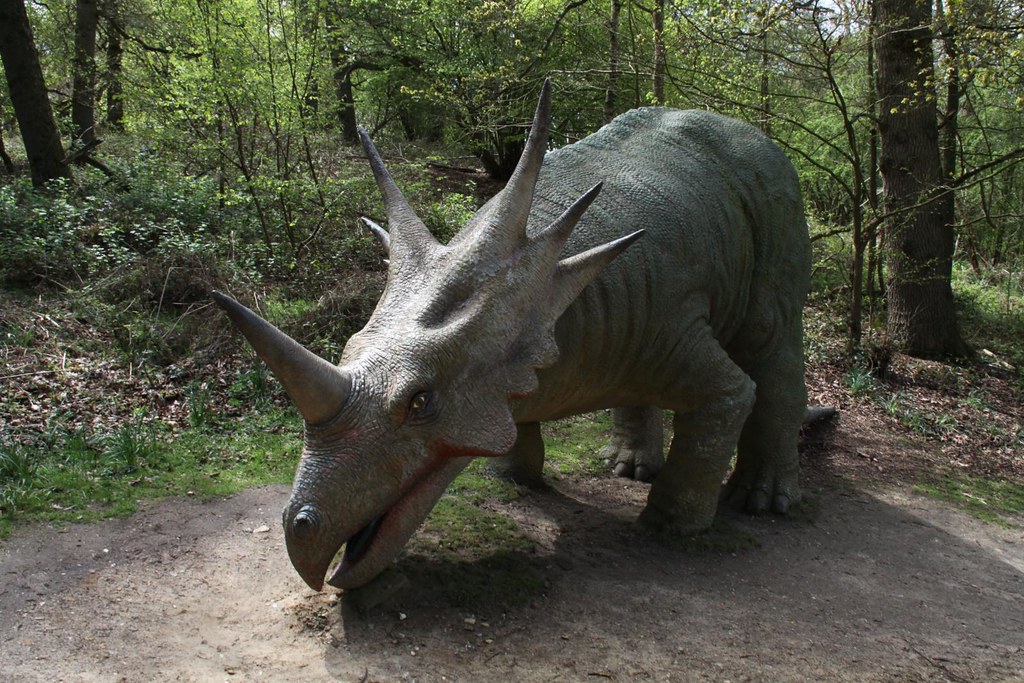
11. **Notable Publications and Accolades**Mark Norell’s expansive career was defined by a prolific output of scientific publications, influential books, and numerous prestigious awards. His dedication to both rigorous academic inquiry and accessible public education was evident across his diverse body of work. He co-authored several impactful children’s books, including “Searching for Velociraptor” (1996) and “A Nest of Dinosaurs: The Story of Oviraptor” (1999) with Lowell Dingus, sparking early interest in paleontology. His book, “Unearthing the Dragon: The Great Feathered Dinosaur Discovery” (2005), further engaged a broad readership with findings from China.
His exceptional ability to communicate complex science earned him widespread acclaim. His popular science book, “Discovering Dinosaurs,” was awarded Scientific American’s Young Readers Book of the Year Award, and “A Nest of Dinosaurs” received an Orbis Pictus Award from the National Council of Teachers, highlighting its educational value and his skill in transforming intricate concepts into engaging narratives.
His achievements were further acknowledged with personal honors; in 1998, he was named a New York City Leader of the Year by The New York Times, and in 2000, recognized as a distinguished Alumnus of California State University Long Beach. His expertise also led to appearances in several science documentaries, including “The Dinosaurs” (PBS, 1992) and “Dinosaurs of the Gobi” (PBS, 1994), amplifying his reach and impact on public understanding of paleontology. His academic standing was solidified by fellowships with the Explorer’s Club and the Willi Hennig Society.
Read more about: Unearthing the Beasts: 12 Forgotten ’90s Powerhouses That Still Outrun Modern Machines by 2025
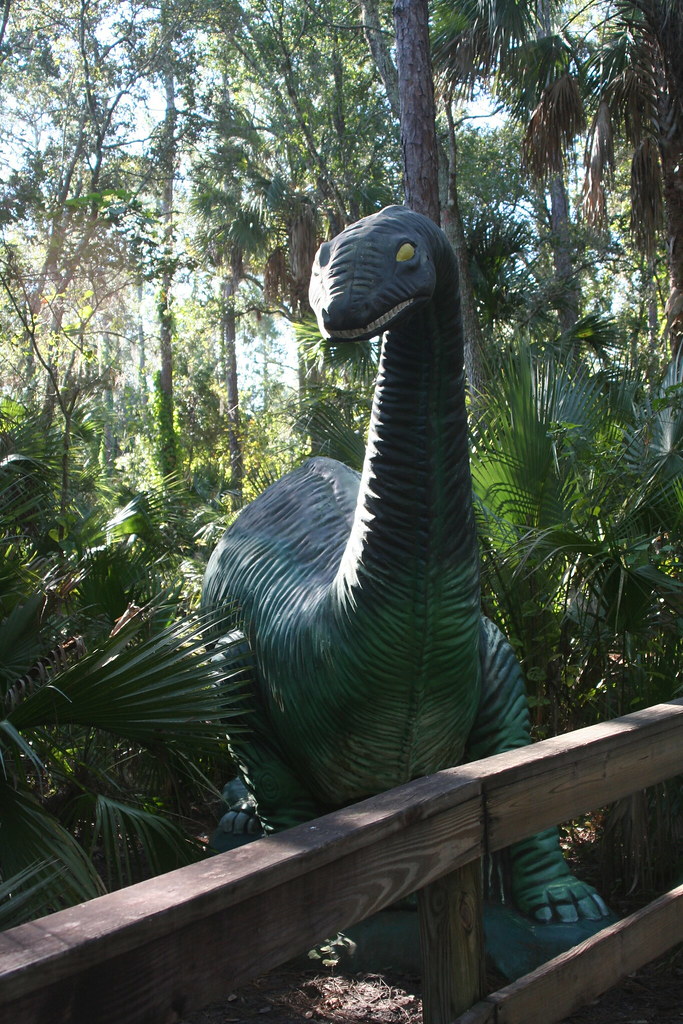
12. **An Enduring Legacy Redefining Dinosauria**Mark Norell’s passing at 68 marked the culmination of a career that profoundly reshaped our understanding of the dinosaur kingdom. His “relentless expeditions and profound research” not only yielded “rare and astonishing fossil discoveries,” but fundamentally “cemented a paradigm shift in scientific consensus.” This transformative shift was distilled in his definitive statement, “Just like humans are a kind of primate, birds are a kind of dinosaur,” forever altering how we classify and perceive these ancient creatures.
Dr. Norell was a true visionary scientist, possessing a unique “gift for communication” that bridged complex scientific findings with public understanding. His research “forever changed our perception of the Dinosauria,” particularly through his groundbreaking work on feathered theropod dinosaurs. He meticulously demonstrated “that dinosaurs were far more dynamic, complex, and bird-like than once imagined,” transitioning them from archaic reptiles to the agile, feathered ancestors of modern birds.
His influence extended beyond direct discoveries and publications, inspiring “countless students and researchers around the world,” leaving an indelible mark on future paleontologists. His legacy “endures in every fossil exhibit, in every student he inspired, and in every new discovery shaped by his work,” ensuring his contributions will resonate for generations. His scientific contributions were foundational enough to be credited with “the naming of the genera Apsaravis, Byronosaurus, Citipati, Tsaagan, and Achillobator,” underscoring his direct impact on dinosaur taxonomy.
The life and work of Mark Norell exemplify the profound impact a single individual can have on scientific understanding and public imagination. From the dusty expanses of the Gobi Desert to the hallowed halls of the American Museum of Natural History, his journey was a testament to curiosity, perseverance, and intellectual courage. He left us not just with an astounding collection of fossils, but with a fundamentally richer narrative of life on Earth, where the thunderous roar of a T-Rex now echoes in the chirp of a sparrow, a connection made undeniable by his pioneering vision.



